To me, a bench vise is easily the coolest piece of shop equipment there is. If you’re setting up new bench, the right vise can really make or break the build and Wilton’s “bullet” vises are about as sexy as vises get. I’m not saying women are going to start throwing themselves on you because you have a Wilton bullet vise on your bench, but you’ll certainly feel like they should. Like seemingly everyone else that makes anything worth owning has at some point, Wilton hails from Chicagoland. Starting out just before the United States entered WWII, Wilton grew to become what John Deere is to farm implements or Colt is to pistols, easily the most recognizable and sought after name in their industry. Wilton’s bullet models command a premium. An upper echelon bullet vise will easily set you back $1,200 – $1,500 and their top model, the 8″ 800S, will run you an eye opening $3,100 on Amazon.
On the budget of big industry, a couple grand (or 3) for a vise isn’t out of the realm of reason, but for most auto shops, indy repair and fabrication shops, or anybody else who needs a very high quality vise without the tool budget of Dupont, Halliburton, or a Class 1 Railroad, that’s a hard pill to swallow, but thanks to Wilton’s Tradesman line you too can bask in bullet vise glory.
The Bullet Vises
To understand the appeal of the Tradesman vises we must first understand the bullet vise as a whole. Wilton applied for their first patent, the 4″ 40S Machinist vise, on August 1st, 1941 giving birth to the now famous “bullet” vises. They were a solid design that differed from anything available at the time. Featuring an “unbreakable” malleable nut that created an even, central pull, and a completely enclosed thread to keep it clear of contaminates, it offered some significant advantages over other designs. Aside from superior clamping performance (which we’ll get into later), the real appeal to the bullet vises has always been their beauty. If you have an artistic bone in your body the bullets speak to you in a way other vises just don’t. Even after 70+ years on the market, they’re still the best looking vises around.
The Tradesman
When I started out in my first house I had nothing more than a twin bed, an obsolete TV, and an old night stand, so quality shop equipment just wasn’t in the cards. Like most broke kids with a need for tools, I went cheap. My cheap 6″ Chinese bench vise got me by, but it was merely adequate and using it was by no means a fulfilling experience. As I got older, my skills improved, and my tolerance for junk decreased, I knew it was time to upgrade to a high quality vise. Wilton offers the Tradesman in 4-1/2″, 5-1/2″, 6-1/2″, and 8″ wide versions, but the 5-1/2″ model 1755 was just what I was looking for.
Going from a budget vise to a Tradesman is like trading your Ford Escort in for a Porsche. Until you have that higher level of quality at your disposal, you don’t realize just how bad you had it. The Tradesman has all the features and performance that made Wilton famous. With wide, reversible main jaws, replaceable pipe jaws, a 360 degree swivel base, and a nice sized work anvil, the Tradesman is up to a wide range of tasks. To demonstrate the Tradesman’s premium features, I decided to take it apart. I didn’t pull the spindle nut out, but I did tear it down far enough to give you a good look at the design.
Enclosed Channel
The enclosed channel is one of the things that makes the bullet vises so great. It does a couple of key things, it keeps debris, dust, and all the other crud out, while keeping lubrication in. The enclosed design allows for a “lifetime lubrication” meaning that with normal use, the vise should be maintenance free. Movement is guided by a keyway and being machined to incredibly tight tolerances (.002″), it’s virtually slop free. Everything works in harmony and the lead screw turns about as smooth as it possibly can.
60,000 PSI Ductile Iron Body
Unlike gray iron which offers superior stiffness, Wilton casts the Tradesman out of ductile iron which offers a much higher tensile strength and vibration absorption. For comparison, many budget vises are constructed from 30,000 psi iron meaning the Tradesman is literally twice the vise. Under normal (and probably some abnormal) usage perimeters, the Tradesman is nearly indestructible.
360 Degree Swivel Base
Many swivel base vises rely on bolts pulling the body against the base to secure it in place. This usually means you have to really crank on it to hold it in place. The Tradesman uses a hollow type base with a notched perimeter that utilizes 2 clamps that work similar to brake pads. They increase contact area thus creating incredible holding force with much less effort than traditional bases. The base also allows for true 360 degree operation which isn’t as common as you might think.
Fit & Finish
I know, it is a vise we’re talking about, and it’s undoubtedly going to see pretty rough service, but the Tradesman certainly looks the part of a quality vise. No sharp corners, rough edges, casting seams, or pits, out of the box it looks almost too good to use. Everything is precision machined, lines up perfectly, and all the non-painted surfaces are nicely polished to give the vise a real pop. The anvil is large enough to be useful, but not so large that it detracts from the flow of the design.
The only thing I noted on my autopsy report that fell short of perfection was the presence of metal chips from the thread cutting process on the lead screw. I’d have never known they were there had I not dissected it, and their removal yielded no noticeable improvement in performance, but I felt it was worth noting.
Clamping Performance
Despite all the features that give the Tradesman a quality look and feel, at the end of the day it’s all about the performance and the Tradesman doesn’t disappoint. Like all bullet vises, the Tradesman offers a secure hold that’s second to none.
Whether it’s pipe, plate, bar stock, or machined parts, the Tradesman holds it firmly in place. The key to the Tradesman’s superior hold is it’s even, straight line pull.
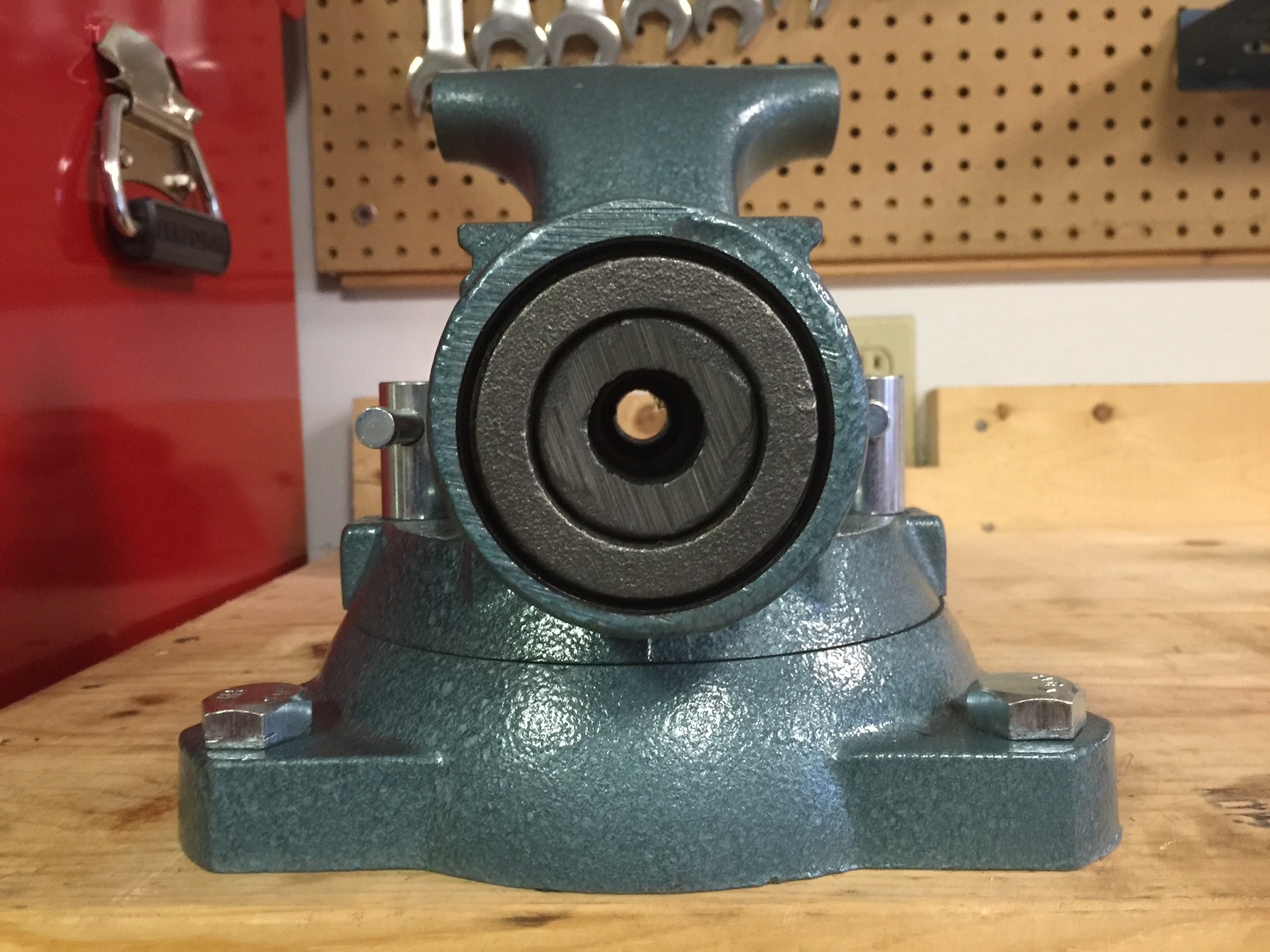
To demonstrate just how good this works, I clamped a socket down on the right side of the jaw. I then took caliper measurements on both sides of the vise.
If you do this test on many vises, you’ll find that the gap tends to be smaller on the empty side. As you can see, there was no cocking to one side with the Tradesman. The difference of .01 mm is a matter of where the caliper contacts the jaw teeth.
The 1755 is rated for a 5-3/4″ opening with a 3-3/4″ throat depth and a pipe range from 1/4″ to 3″. Don’t get too hung up on the pipe capacity though, if you can get it between the jaws, you can hold it securely.
Made In The USA
For me, this is really the best part. Once upon a time there were many options for American made vises, but with de-industrialization and the fact that a quality vise is a once in a lifetime purchase, there are few that remain. Wilton offers some pretty nice imported vises, but to me, a vise is one of those tools that ought to say MADE IN USA on the side. I also love the fact you can buy replacement parts should the need ever arise. That’s refreshing in today’s throwaway society.
Conclusions
With beauty, performance, a rich heritage, and USA cast into the side, the Tradesman is a great option for anyone looking for a relatively affordable vise that’s geared to the professional user. With a host of jaw caps available, the Tradesman can be tailored to virtually any task. This isn’t my first Wilton, and it probably won’t be my last, but it’s certainly my favorite. It’s up for just about whatever you can throw at it and it works both effortlessly and flawlessly.
If the bullet vises aren’t your speed, Wilton also offers many USA made Columbian pattern vises thanks to their acquisition of Warren Tool Group in the late 1990’s.
If you’re interested in seeing how the Tradesman is made, Wilton has a pretty cool video shot by the DIY Network that shows a lot of the manufacturing processes:
Stay tuned for more from Wilton including an upcoming restore of a 1950’s Shop King.
Check the Tradesman, and all the other quality Wilton products at Wiltontools.com

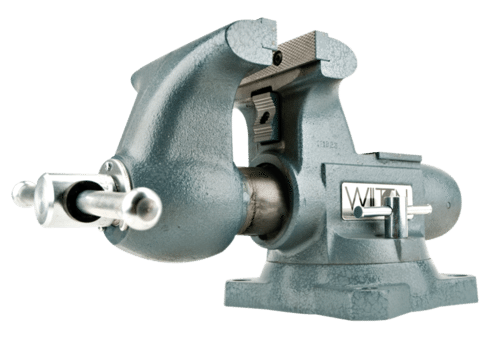

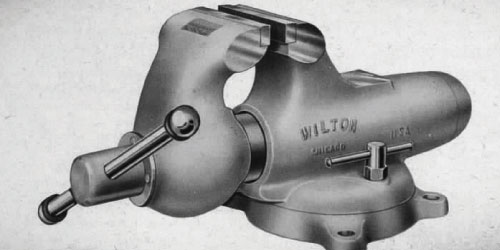
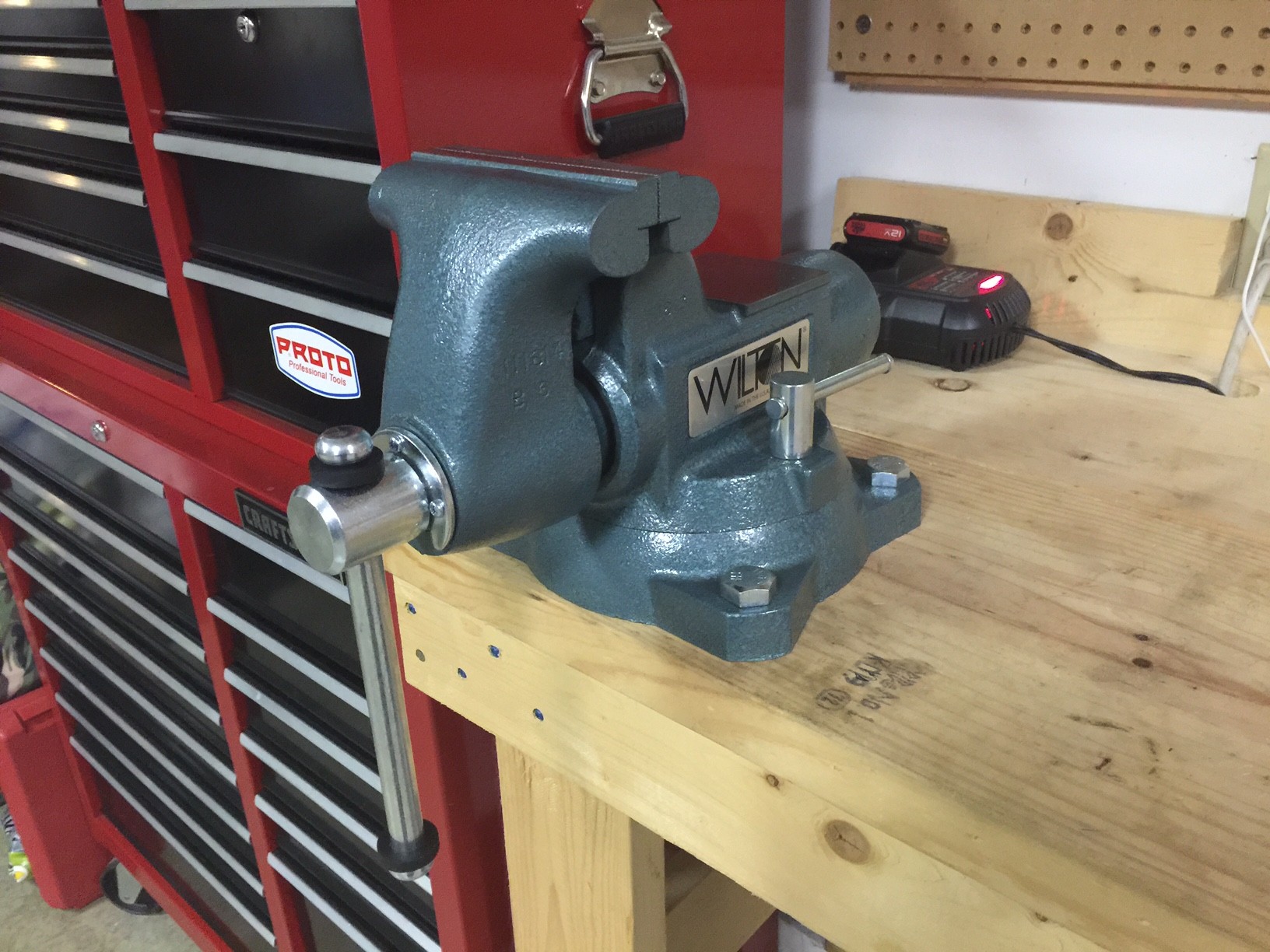
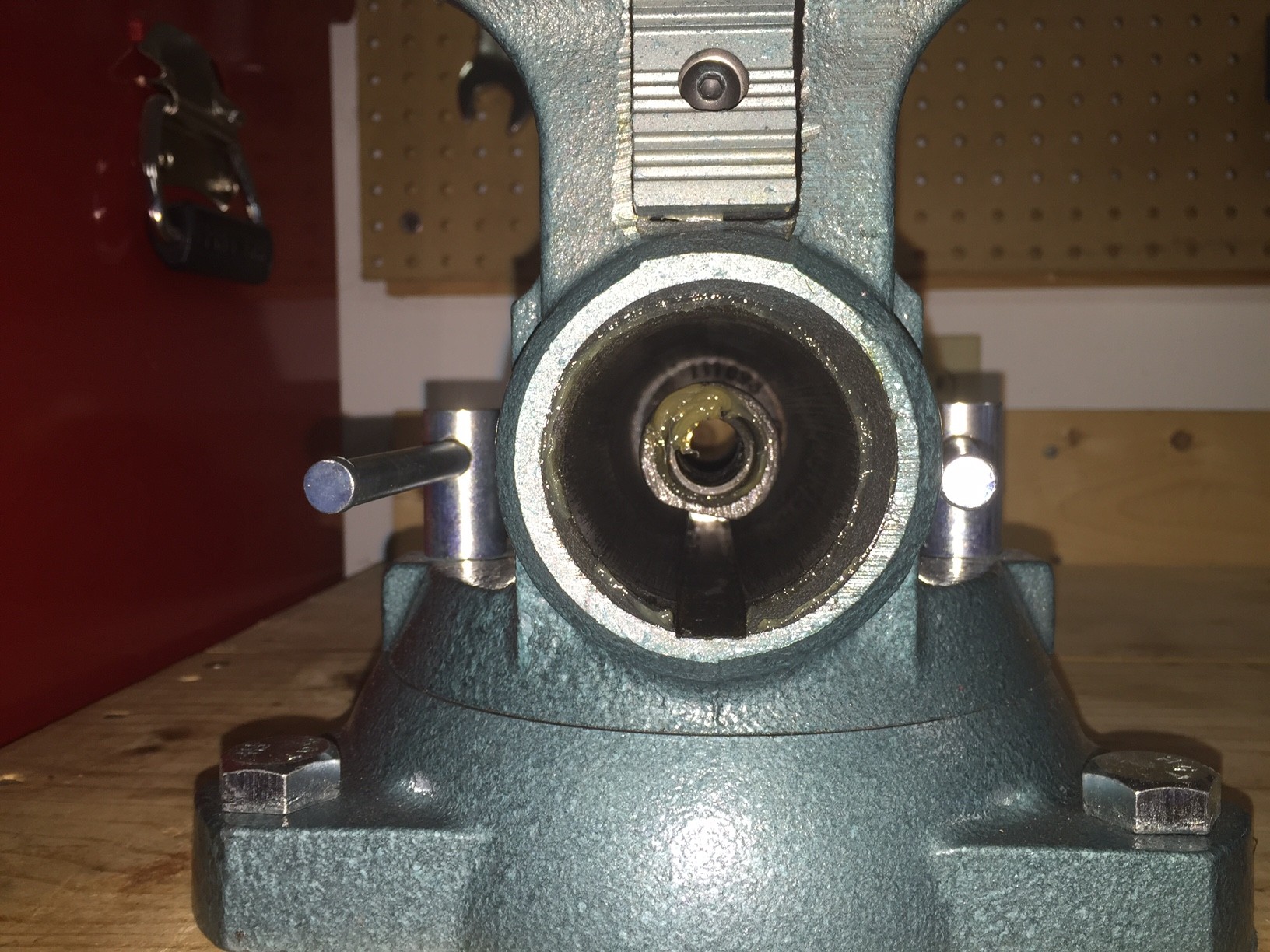
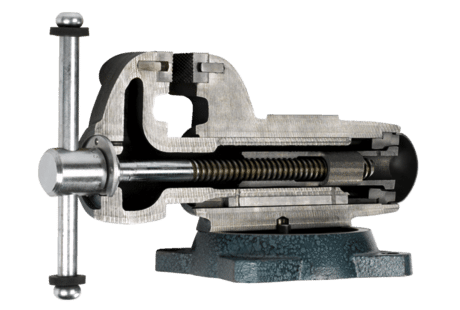
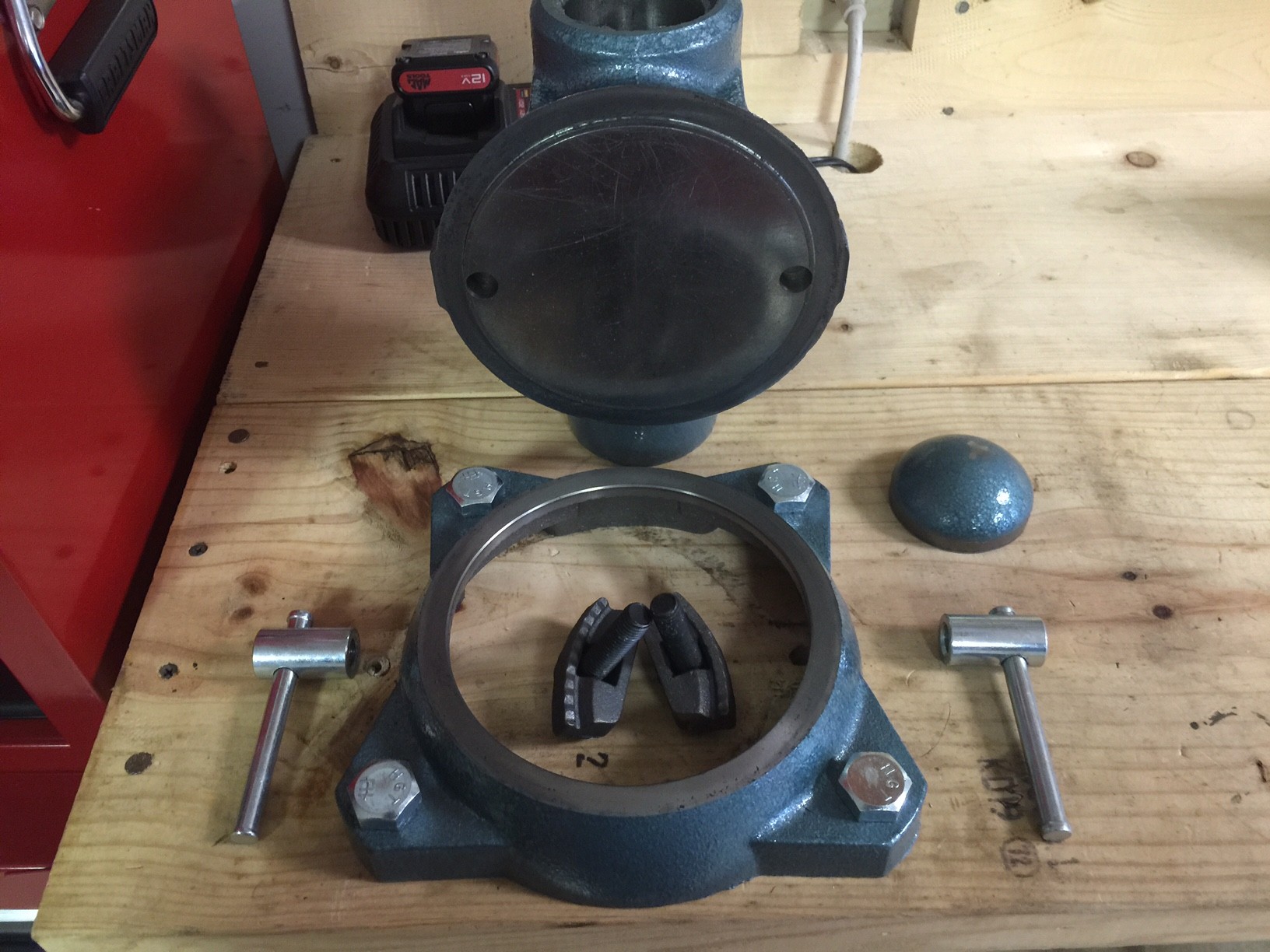
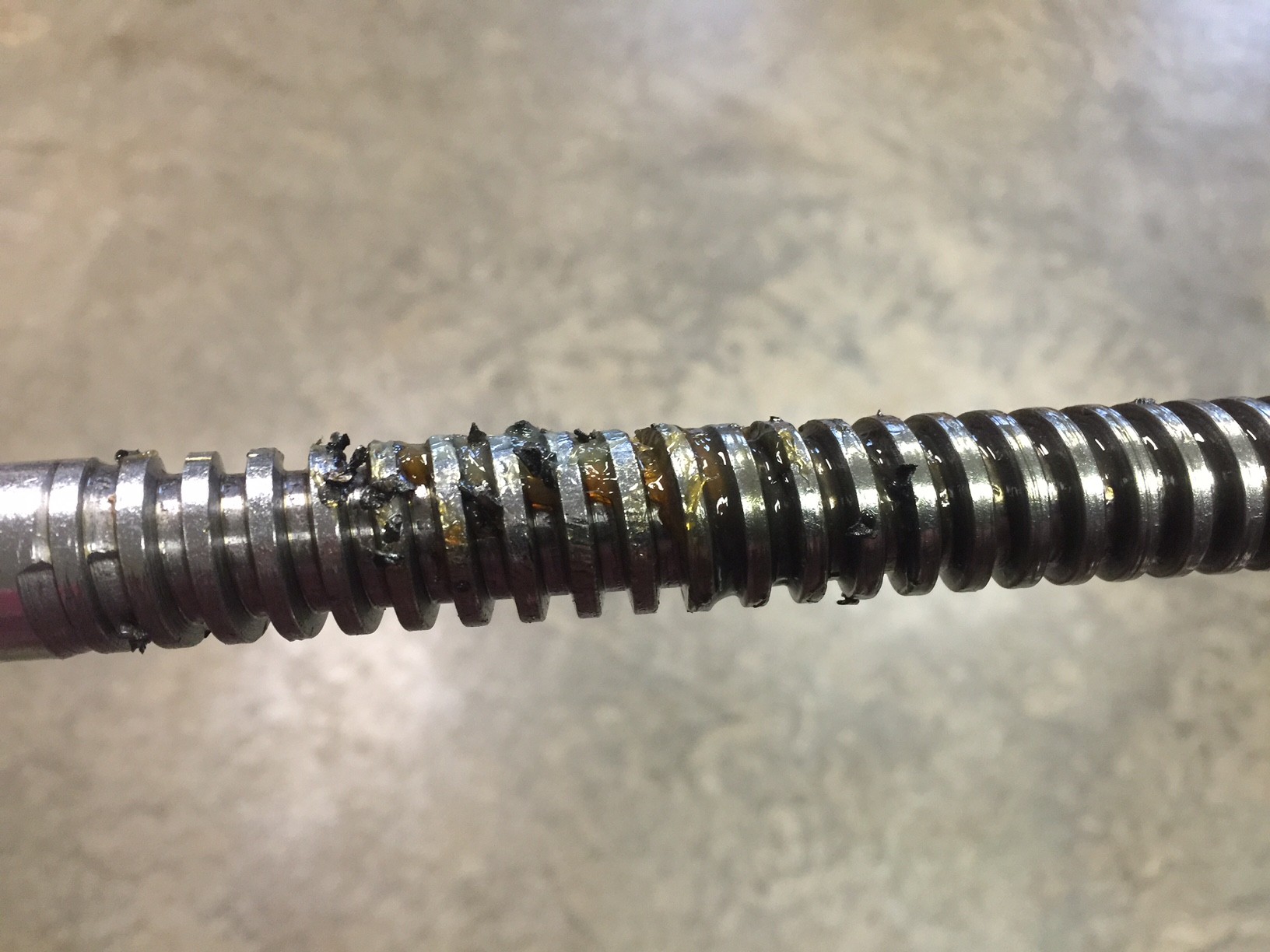
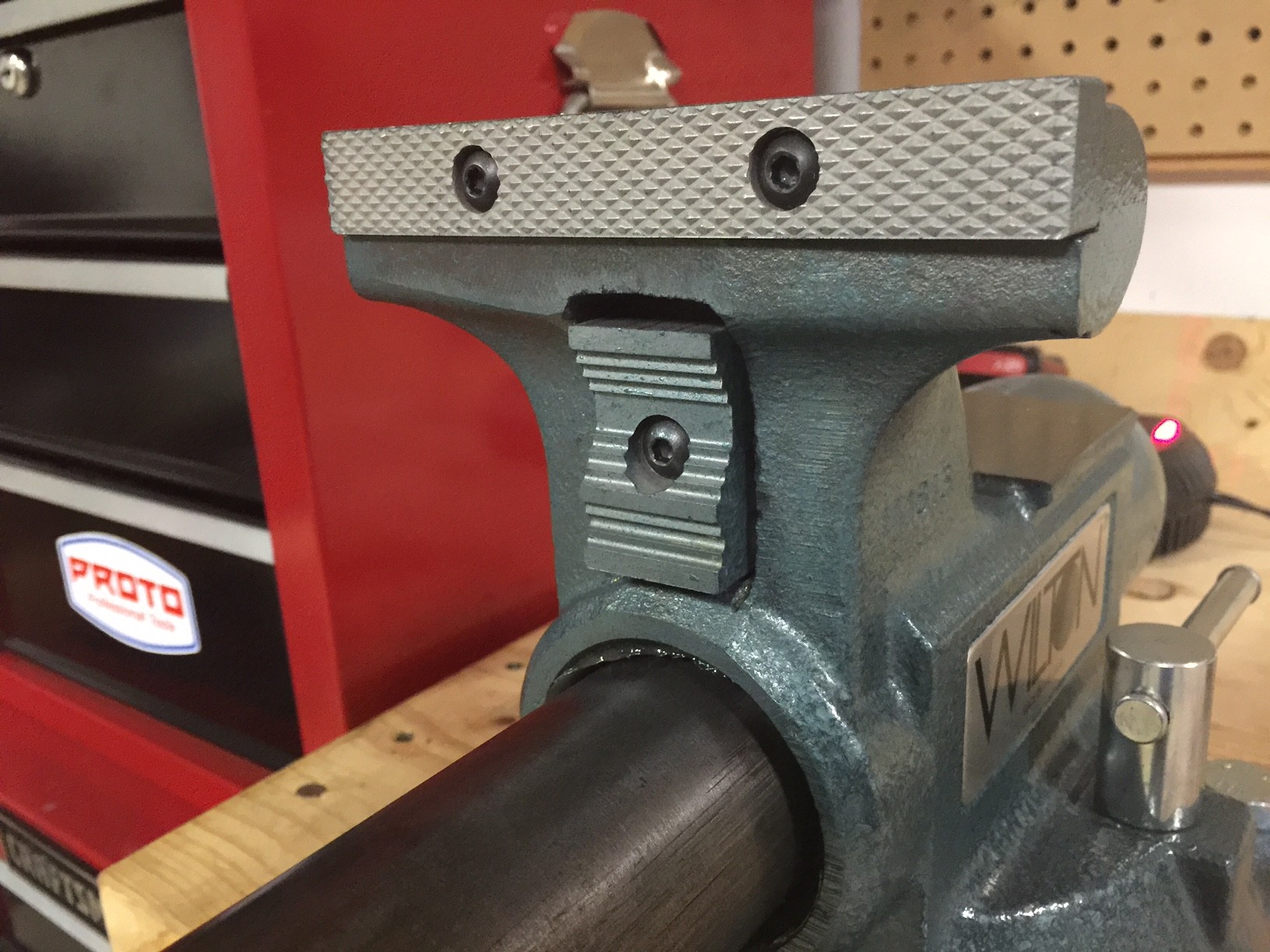
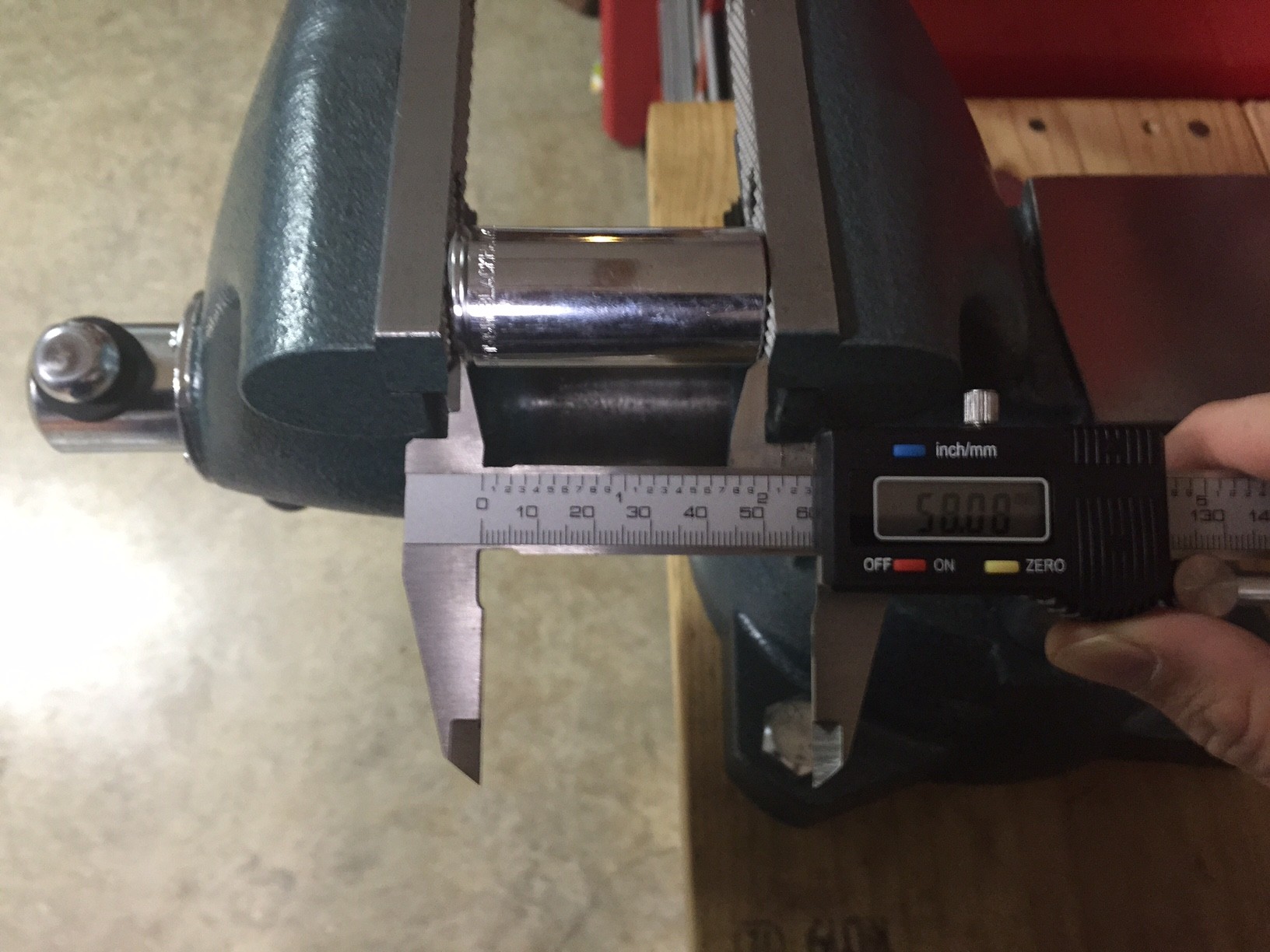
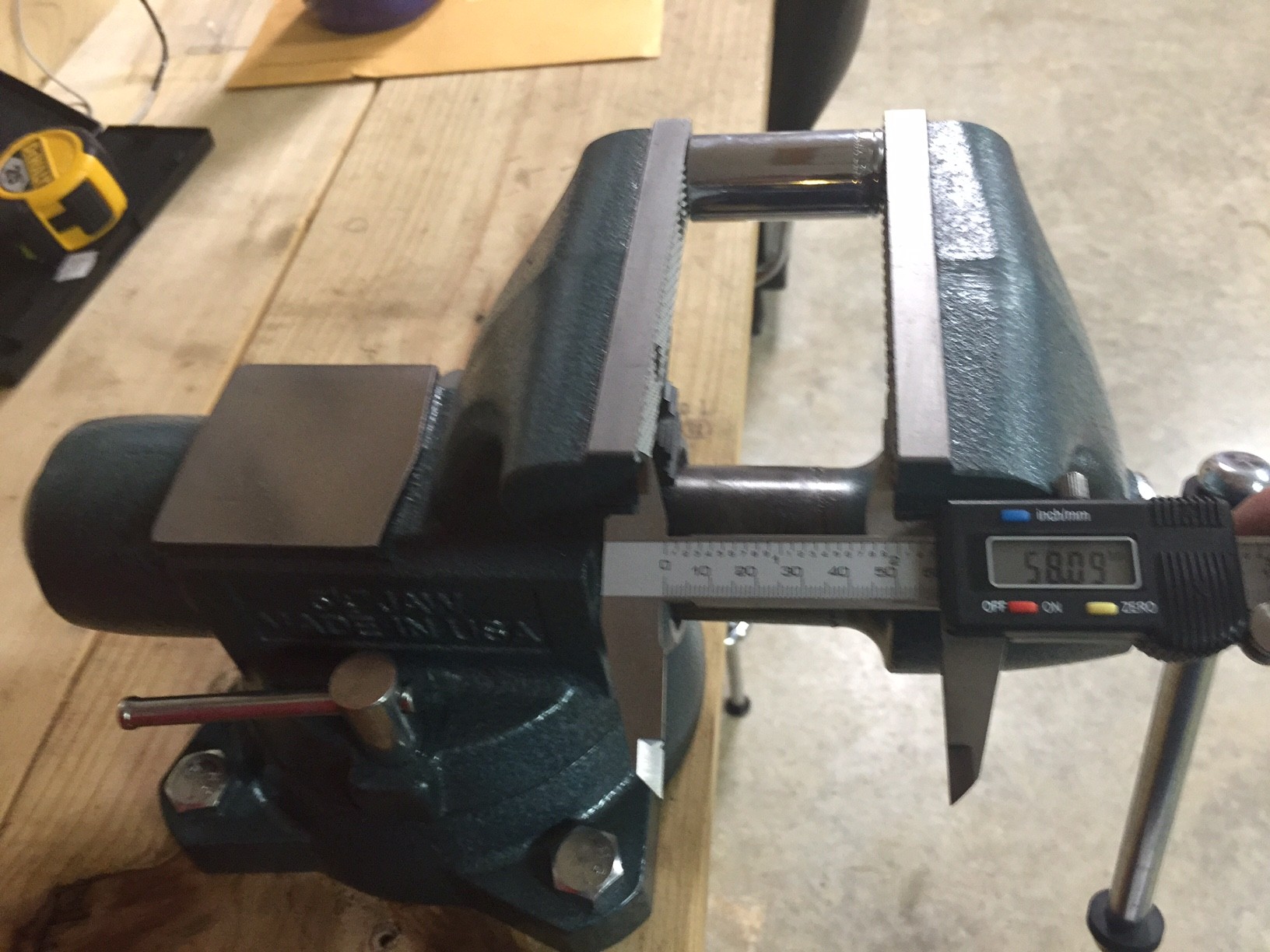
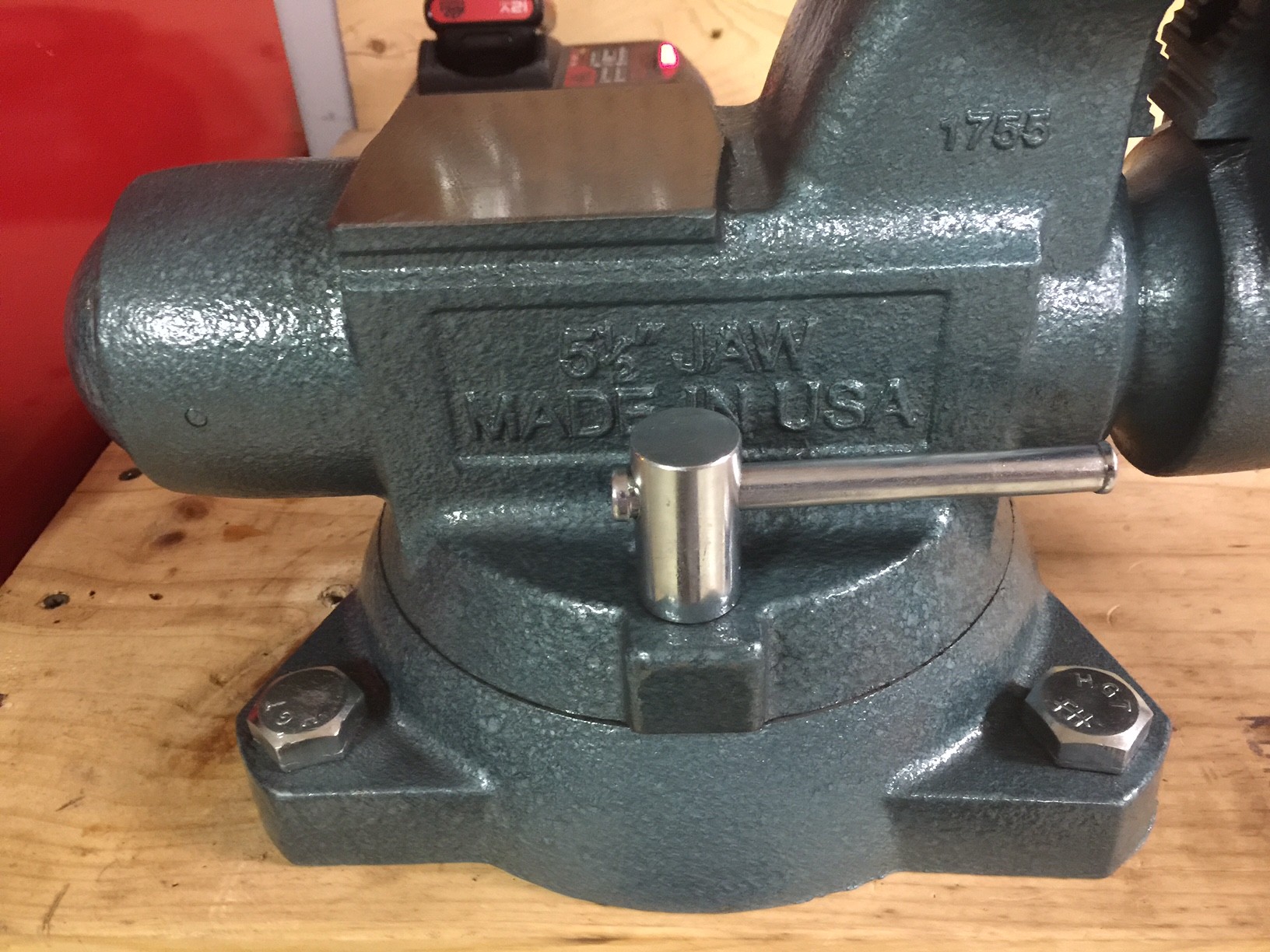
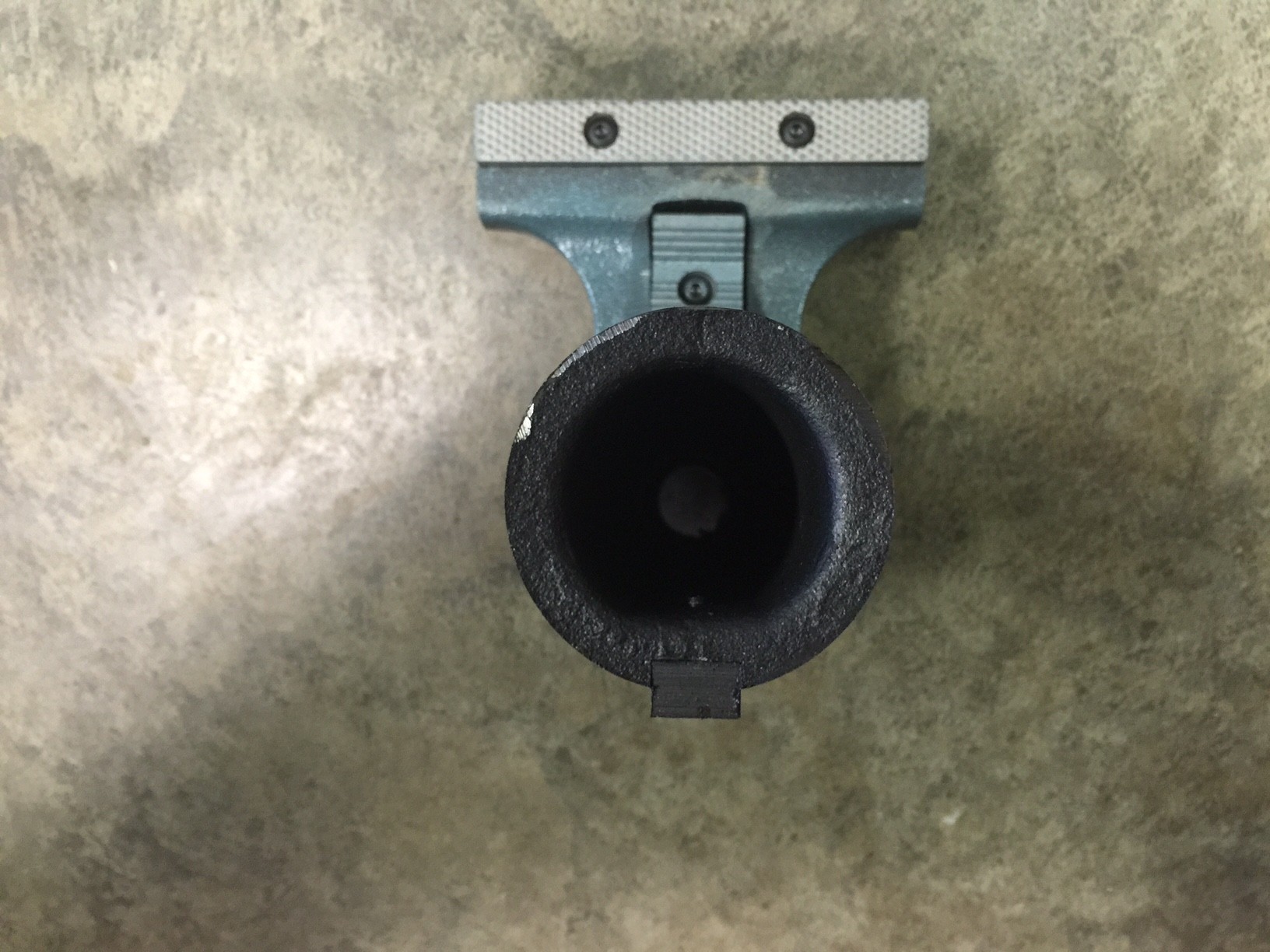
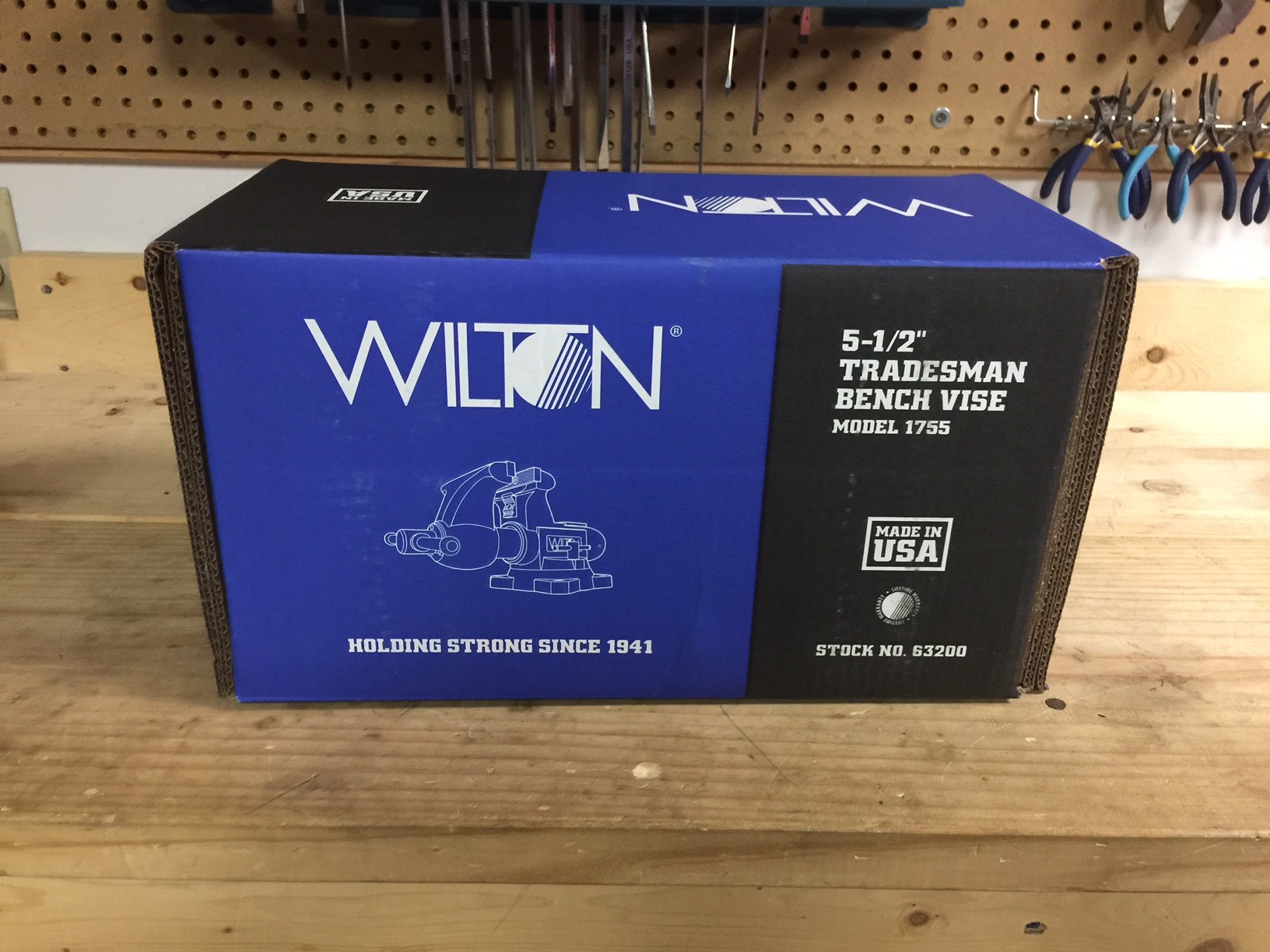
I liked the variety of lights, the ryobi light is too big personally. I like the Milwaukee lights, for working on ice machines, walk in freezes, etc. I try to travel lite,not so many trips back and forth to the truck. Lighe emitting diodes are the way to go these days.
Wish I had the money to even think about spending 3100 on a vice. Must be nice.
would have been wiser to use the lower pipe securing concave jaws on a pipe and not the upper top flat jaws. Cheaper vices don’t even have the lower pipe jaws, they should have been highlighted
Way way out of price range, but great write up. I like to hear about new tools, new to me. I’ve had Irwin vices for years & back then they were US made not sure now. Laters TIA
I went to a lady’s house who’s husband passed and she had listed some big Williams 3/4 drive stuff on the craiglist. When I got there I bought the ratchet/socket set and spied a huge old 6 inch Wilton bullet vise on a pedestal.
I asked how much for the vise?….. She said fifty dollars……
I thought for sure she just said “five-hundred”.
But after I shook my head and got the poo outta my ears…….dang…..I couldn’t buy it fast enough.
I ended up selling it later to a rig welder for $500. It had a big cut mark across the top from a grinder disk and I couldn’t get over it.
Thanks for the write up, Travis…..always Great!
I’m retiring after 44yrs of heavy truck mechanicing I have a Wilton 1760 tradesman I bought from my grandpa in 1979 for 400 dollars a fortune to a nineteen yr old it not once ever came close to failing i wish to pass it on to a new user for what i paid for it